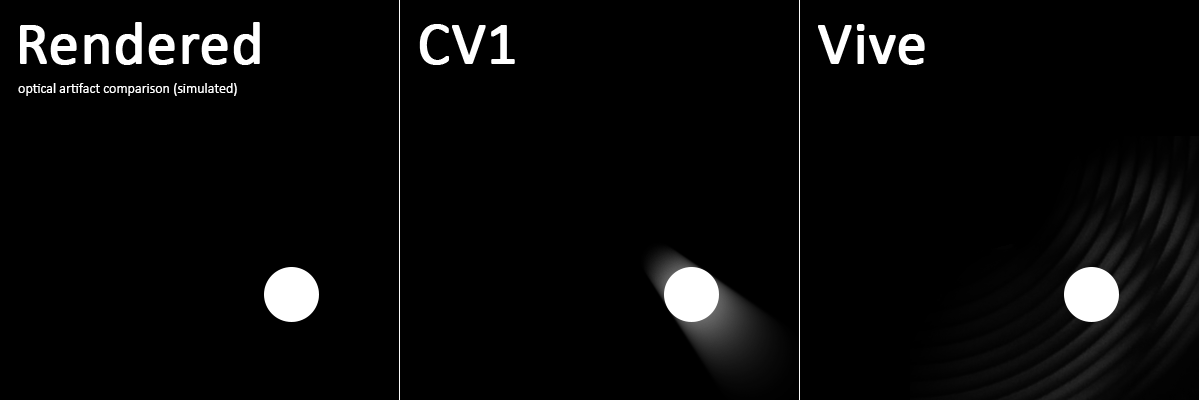Veritigo_X
Member
You can pick up the newly releasedZombie Game too! A great looking new game with super low spec requirements.Crappy
Tempting... but I ended up going with Chair in a Room, Fruit Ninja and Final Approach.
Edit: Oh shit, I didn't even check the min specs. I hope that's not accurate!


